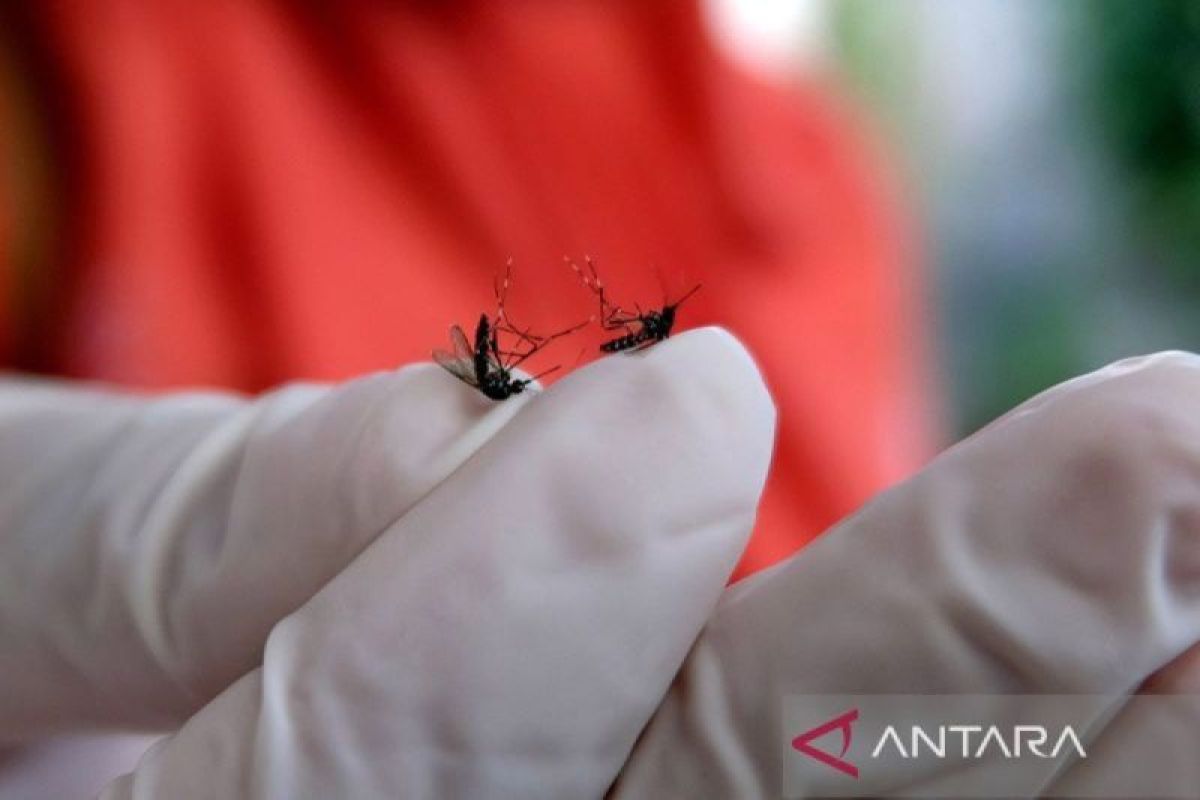Dengue fever, or commonly known as DBD, is a viral infection that is transmitted through the bites of infected Aedes mosquitoes. Two of the most common species of Aedes mosquitoes that are responsible for spreading the dengue virus are Aedes aegypti and Aedes albopictus. These two species have some key differences that set them apart in terms of their behavior and habits.
Aedes aegypti is the primary vector for transmitting the dengue virus to humans. This species is well adapted to urban environments and is commonly found in areas with high population densities. Aedes aegypti is known for being a daytime biter, with peak biting activity occurring in the early morning and late afternoon. They are also known to prefer feeding on humans over other animals, making them more efficient vectors for spreading the dengue virus.
On the other hand, Aedes albopictus, also known as the Asian tiger mosquito, is a secondary vector for dengue fever. This species is more adaptable to a wider range of environments and is commonly found in both urban and rural areas. Aedes albopictus is a more aggressive biter compared to Aedes aegypti and is known for feeding on a variety of hosts, including humans, animals, and birds. They are also known to be more active during the day and can bite both indoors and outdoors.
Despite these differences, both Aedes aegypti and Aedes albopictus are capable of transmitting the dengue virus to humans. It is important to take preventive measures to reduce the risk of being bitten by these mosquitoes, such as using insect repellent, wearing long-sleeved clothing, and eliminating standing water around the home where mosquitoes can breed.
In conclusion, understanding the differences between Aedes aegypti and Aedes albopictus can help in the prevention and control of dengue fever. By taking appropriate measures to protect oneself from mosquito bites, we can reduce the spread of the dengue virus and help prevent the occurrence of dengue fever outbreaks. Let us all work together to combat these pesky mosquitoes and protect ourselves from the threat of dengue fever.
